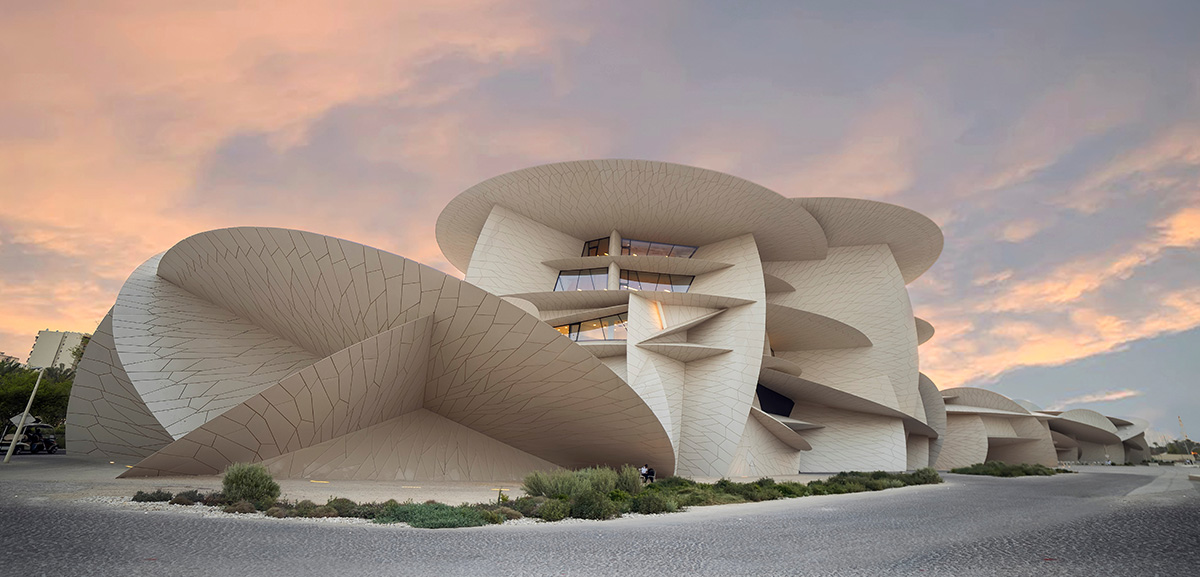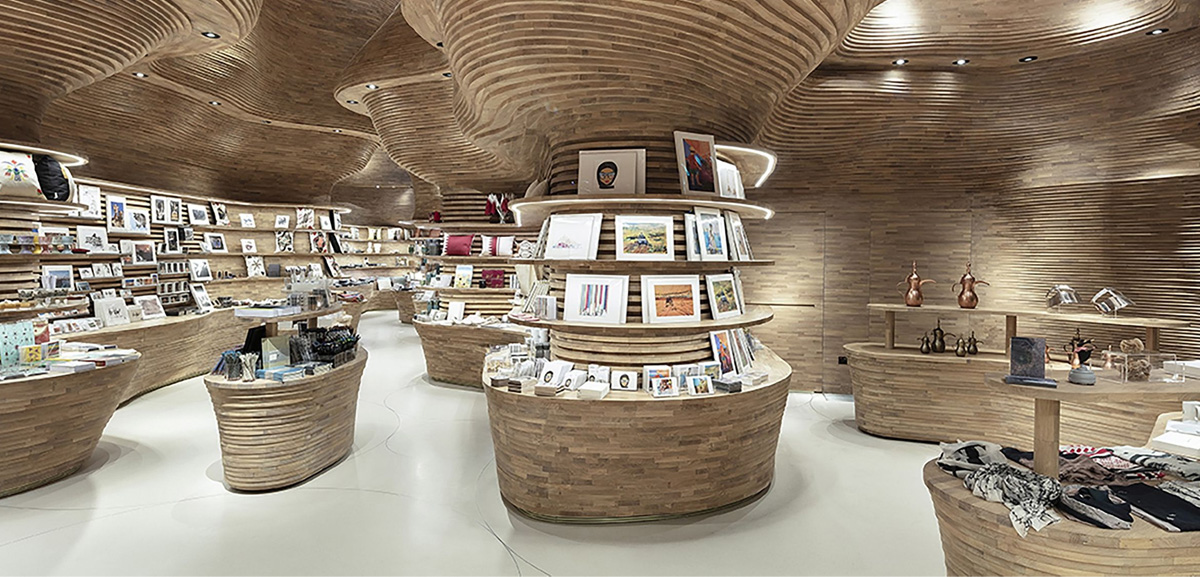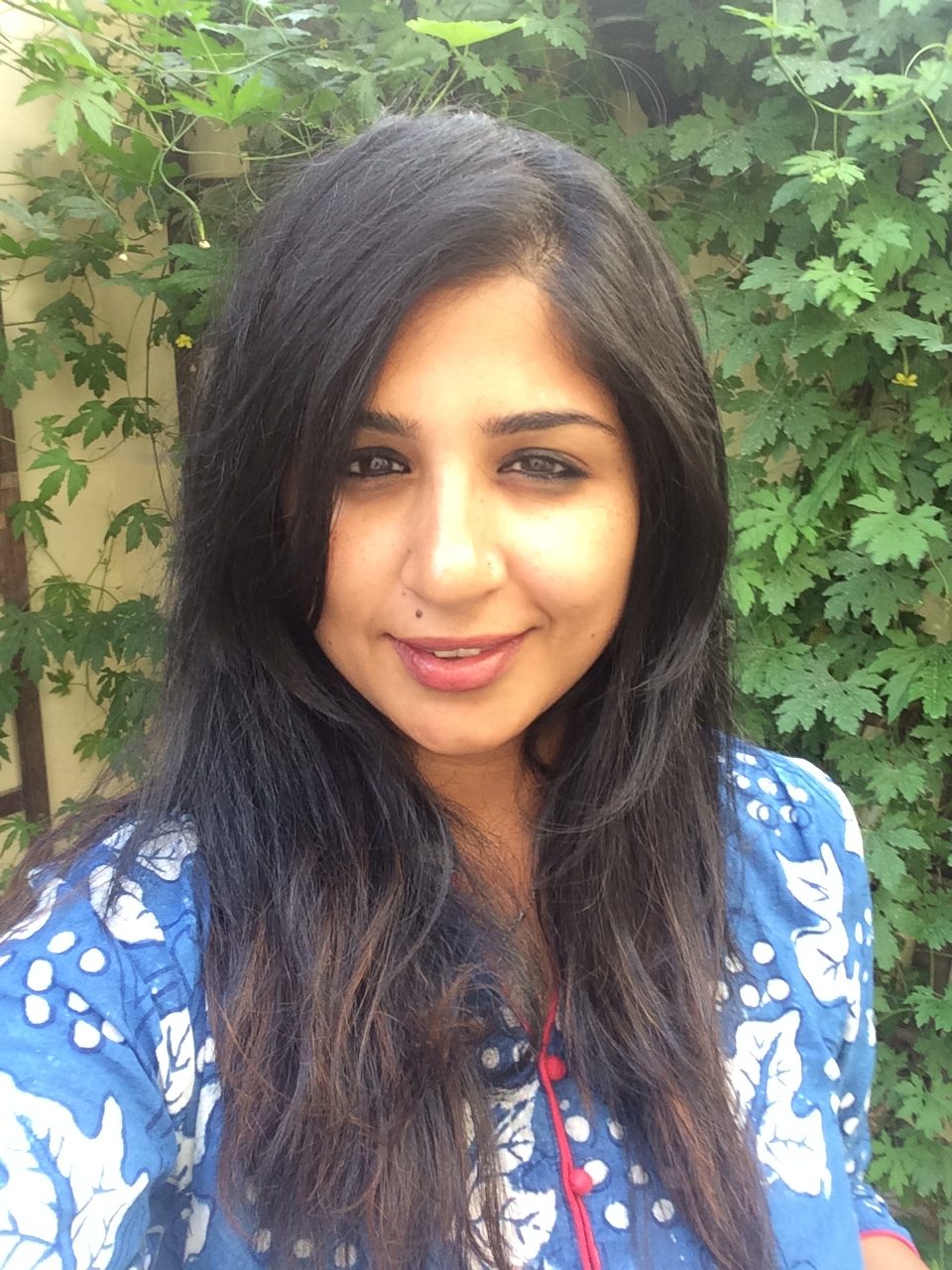Al Noor Institute for the Visually Impaired and the Museum of Islamic Art team up to mark ‘White Cane Safety’ day
Morning of activities at the museum specially designed to celebrate the achievements of blind and visually impaired people
Al Noor Institute for the Visually Impaired has teamed up with the Museum of Islamic Art (MIA) to organise a variety of activities that took place on White Cane Safety Day – celebrated in the United States and around the world as an occasion to recognise the achievements of blind and visually impaired people.

First signed in to law in the United States in 1964, the date is set aside to mark an important symbol of blindness and a tool of independence – the white cane.
A group of over a hundred children and teachers from the Al Noor Institute visited MIA on Sunday to take part in a morning of specially organised activities.
After being welcomed to MIA by Salem Abdullah Al Marri, Deputy Director of Learning and Outreach at MIA, they were given tour of the museum by expert guides, enjoyed a story-telling session in the museum’s library – the largest of its kind in the region – and participated in an art workshop.
The resulting work produced by the students during the workshop will feature in a temporary exhibition to take place at the museum, and which is designed to give members of the local community an overview of Al Noor Institute and its activities.
In addition to the various sessions involving the students themselves, two 15-minute tours were organised by staff from the Al Noor Institute during which members of the public were invited to take part. These were designed to enable members of the public to experience a tour of the museum much as a visually impaired or blind person would, and to provide an awareness of how visually impaired and blind people encounter the world around them.
White Cane Safety day is celebrated in schools around the country in Qatar in a bid to build awareness and understanding for how blind and visually impaired people manage in their daily lives.
This year marks the first time that MIA has partnered with Al Noor Institute for the Visually Impaired, Qatar’s leading centre catering to visually impaired people over the age of three. There are more than 400 children at the Noor Institute from preschool through sixth grade which caters to children of a wide variety of ages and educational needs.
The activities at MIA to celebrate White Cane Safety day reflect the continuous efforts of the museum’s education team to engage all members of the public and provide a wide range of learning opportunities to the broadest cross-section of the local community.
The museum continuously organises a wide range of workshops for schools tied to exhibitions and to bring to life the museum’s world-class collections in new and inspiring ways.
These range from workshops designed to provide an introduction to weaving, an overview of the unprecedented quality of art featured on Islamic weapons, especially those produced by Islamic civilisations during the Ottoman, Safavid and Mughal periods, through to carpet weaving exhibitions during which students produce mini tapestries using flat-weaving techniques.
Elsewhere, MIA’s Art Education and Calligraphy teams are dedicated to maintaining and delivering the highest possible standard of learning within the creative and visual arts for all visitors. They provide a range of art and calligraphy workshops and courses to all age groups.

Altogether, such activity demonstrates how Qatar Museums is fully committed to supporting a wide range of leading opportunities and to empowering teachers in talking full advantage of the resources, expertise and support available across QM’s world-leading museums.
Describing the partnership with Al Noor Institute for the Visually Impaired, Salem Abdullah Al Marri, Deputy Director of Learning and Outreach at MIA said: ‘’We’re a proud partner and supporter of White Cane Day and delighted to work closely with our colleagues at Al Noor Institute for the Visually Impaired to mark the occasion. We strongly believe that this world-leading museum and its collections deserve to be shared as widely as possible with people of all backgrounds and circumstances, and we continuously engage in activities designed to celebrate the accomplishments and influence of Islamic Cultures and civilisations with the widest possible audiences. We hope these activities build further appreciation and awareness for the incredible work that the institute does in supporting blind and visually impaired students.’’






Leave A Comment
You must be logged in to post a comment.